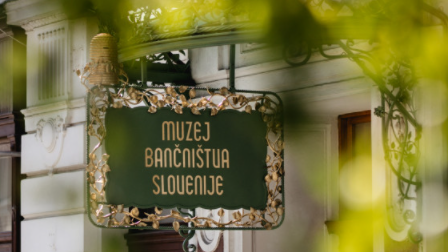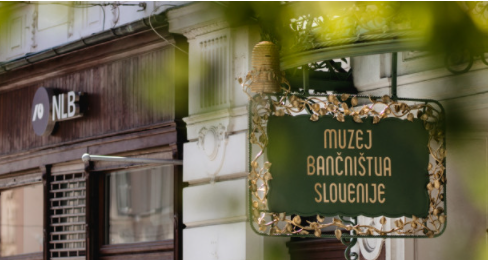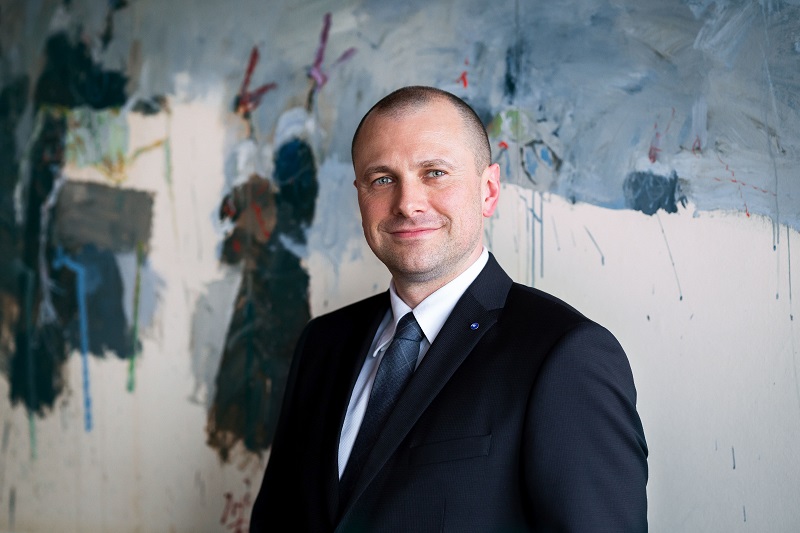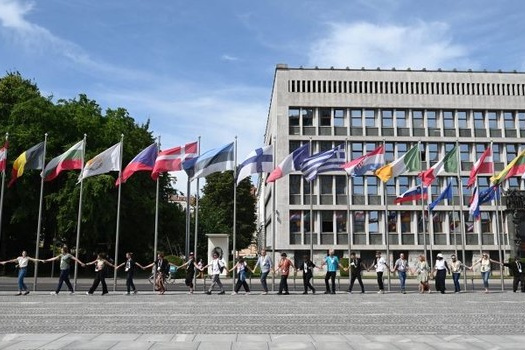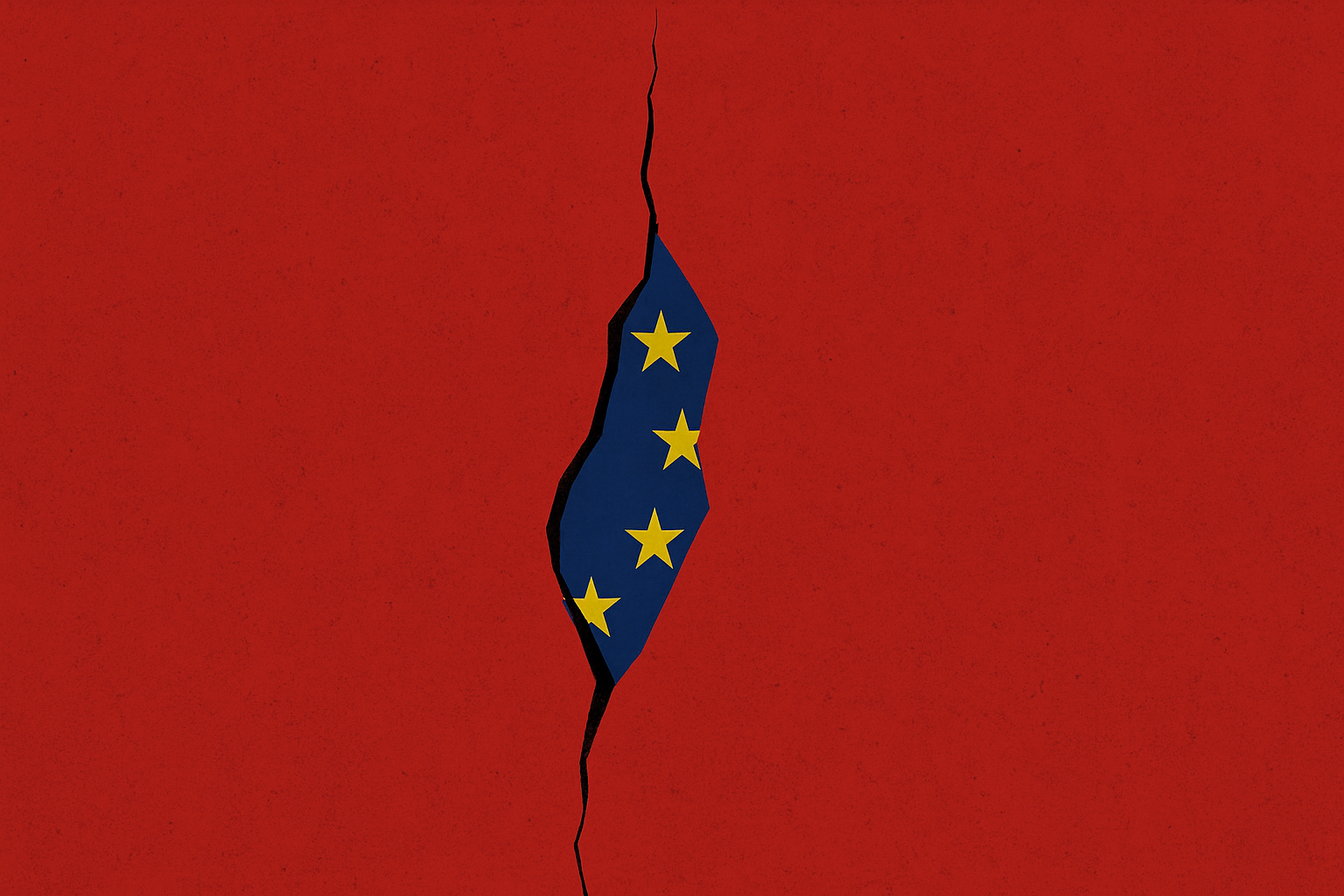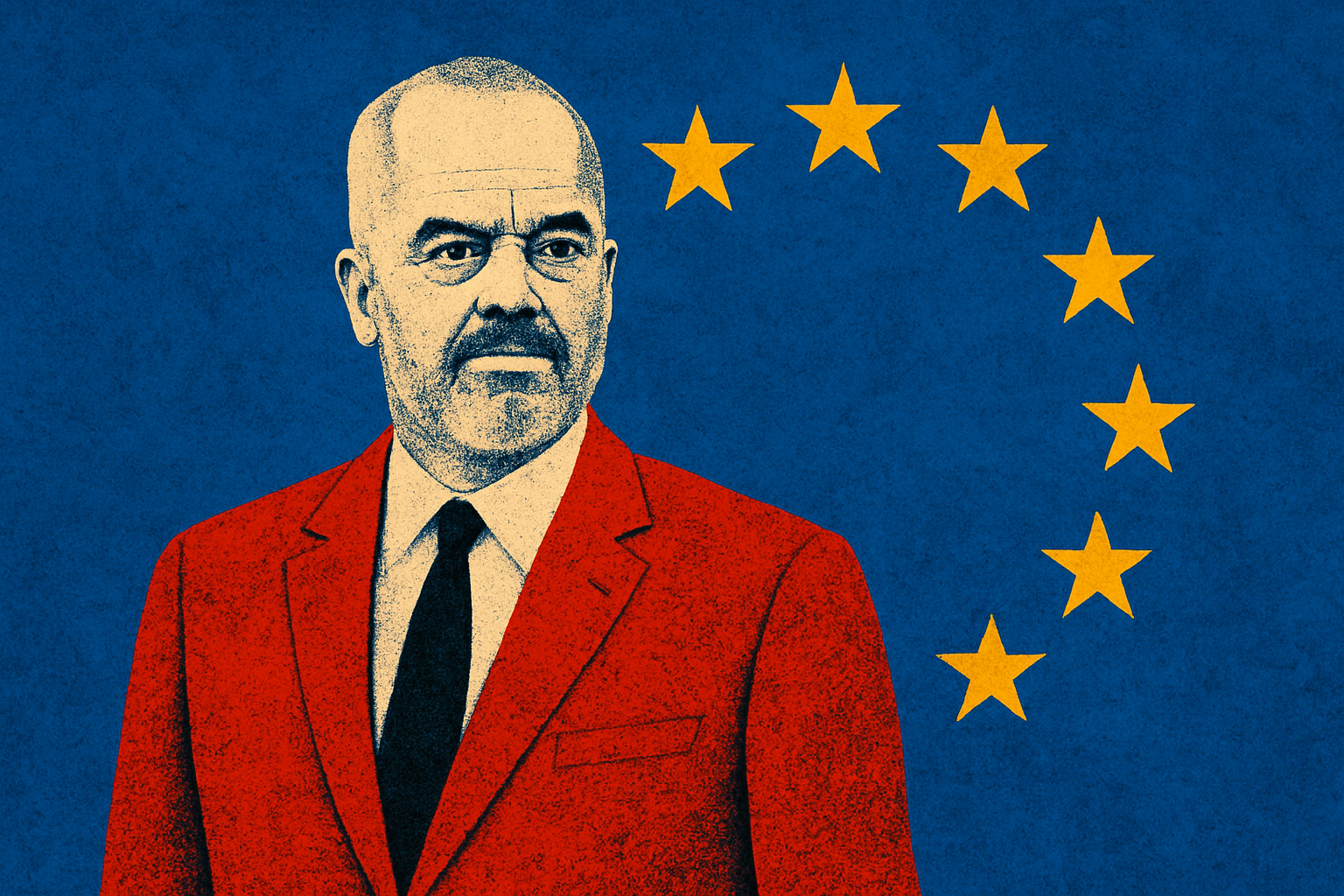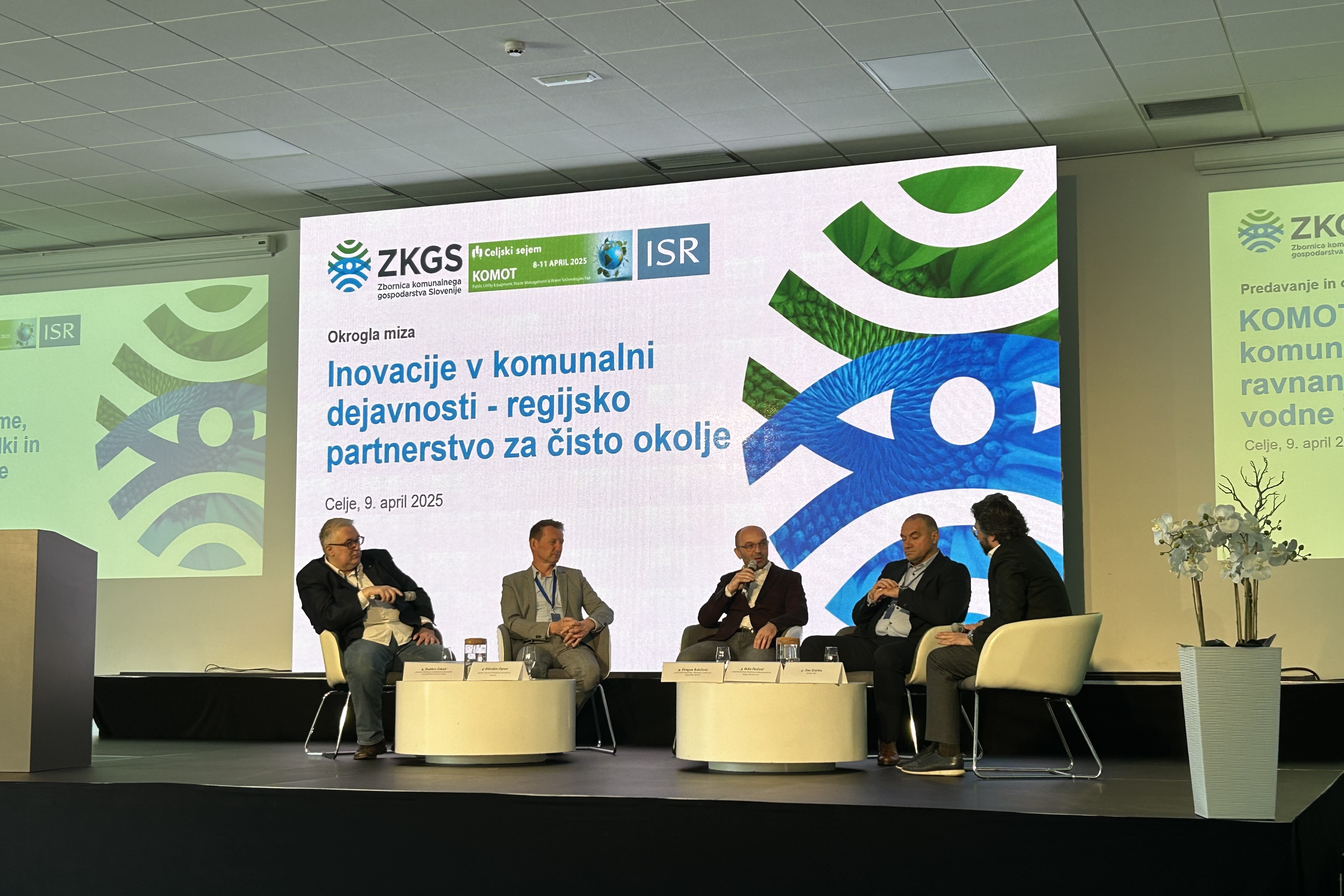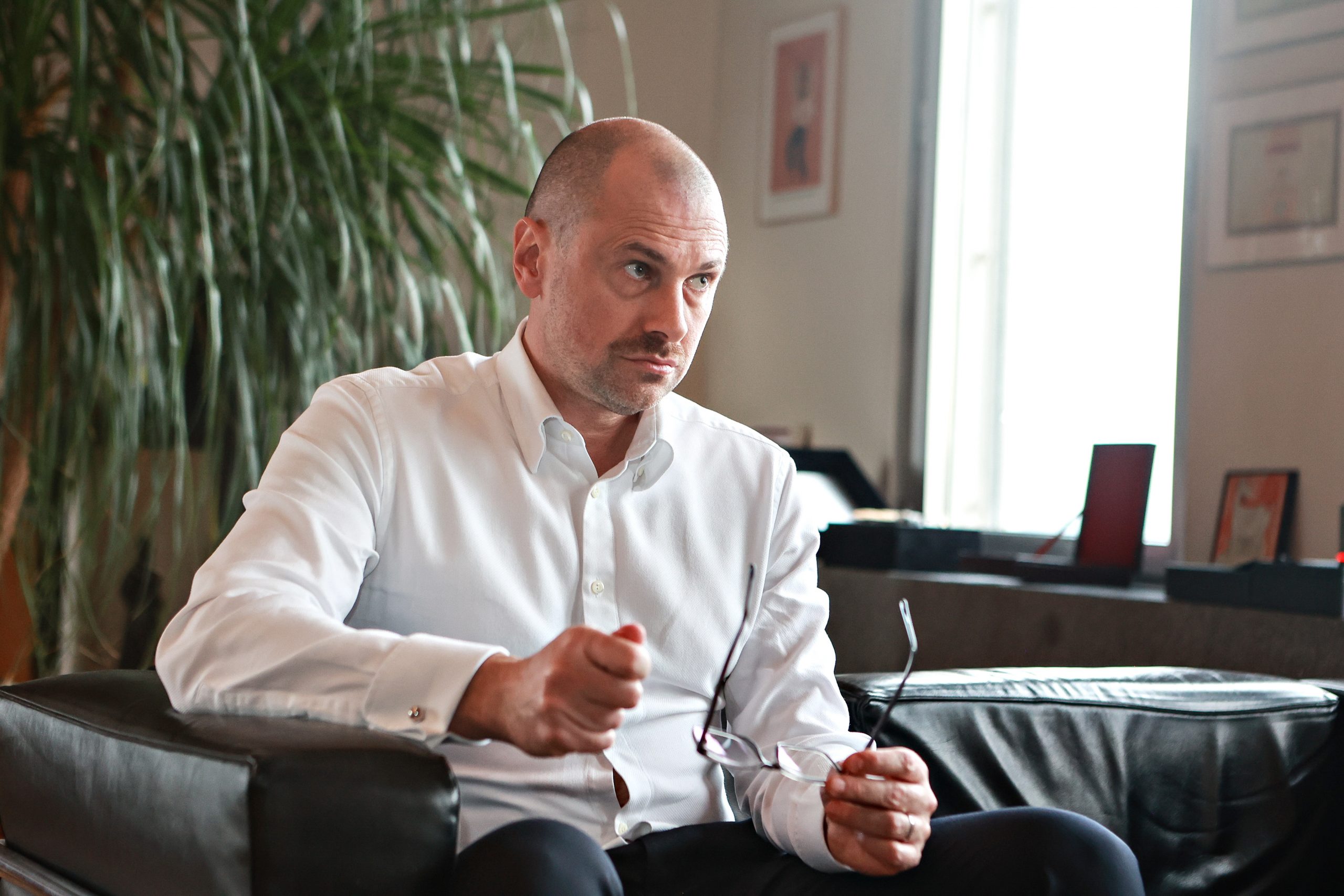Meet the Invincible Vault and Delve Into the Exciting Story of Slovenian Banking
Jan Tomše
EXECUTIVE EDITOR
Few people know that Slovenia started developing its banking at the same time as other European countries. The 200-year history of Slovenian banking is now on display in the Bankarium museum on Čopova ulica in Ljubljana.
In mid-June, Ljubljana got a museum that deals with extremely interesting topics. Bankarium, Banking Museum of Slovenia, is located in the former banking hall of the Mestna hranilnica ljubljanska at Čopova ulica 3, Ljubljana. A visit to the museum offers a walk through 200-year history of banking in the territory of today’s Slovenia.
In the museum, which is situated in one of Ljubljana’s most famous Art Nouveau buildings, visitors learn about the five thousand year long history of banking. A presentation of the history of banking institutions and practices on our soil takes them to two hundred years of Slovenia’s banking heritage.
»Why it was us who founded the Museum of Banking? Because of our tradition based on people, banking knowledge and culture, which is more than 200 years old,« says Blaž Brodnjak, President of the Board of the NLB Institute for the Management of Cultural Heritage.
Currencies, monetary institutions, digital wallets…
Do you know when Slovenia got its first savings banks and who they were intended for? In the museum you can walk through history all the way to the advent of digital mobile wallets. You can see all the currencies valid in our territory, and get to know the key people who left their imprint in Slovenian banking.
If you are curious how bank employees used to work, you take a step behind the bank counters from different periods. There is also a rich collection of safes and savings books on display, and you can see the inside of the ATM as well.
A step inside the bank vault offers a very special experience. The massive reinforced concrete door has done its job more than well over time, as no one was able to break into the vault on Čopova. Visitors can also check their financial literacy in the museum through playing interactive games.
»Regardless of the fact that the collection was entirely financed by NLB, the museum tells a story about the history of the Slovene banking industry, it talks about the development of institutions and the development of banking practices – from the first piggy banks to the digital transformation. Bankarium is not only a museum, but also a digital centre for financial literacy. Just as this building, the Ljubljana Municipal Savings Bank, was the leader in youth and school savings 100 years ago, NLB has the leading position in knowledge, professionalism and experience, which we are happy to share. After all, financial literacy is part of our sustainable policy and strategy, it is our responsibility and our task.”
What can you get acquainted with at the Bankarium, the Banking Museum of Slovenia?
– With the development of banks, credit unions and savings banks over the last 200 years
– With 9 currencies, which we have exchanged in Slovenia since 1820 until today
– With an insight into the life and work of six renowned bankers
– With selected objects from past periods, the oldest is from 1820
– With different types of bank counters from 1905 onwards
– With the famous charity statue
– With the inside of the ATM
– With a vault that has meter-thick reinforced concrete walls
Museum shop: from board games to coins
The Bankarium also has a museum shop that offers various products related to money and banking. In the store you can buy savings banks, board games, wallets and money boxes and other Slovenian products related to money.
»Slovenes can be proud of our banking history. Few people know this, but the development of banking in Slovenia started at the same time as in other European countries. Our first monetary institution, Kranjska hranilnica (Carniola Savings Bank, founded in 1820), was, for example, only the second ever in the then Austro-Hungarian Empire. The more banking developed, the better it could support the economy and the faster the latter could grow, and with that, society also developed and progressed,« said Blaž Brodnjak, the President of the Board of the NLB Institute for the Management of Cultural Heritage, under the auspices of which the museum was established, at today’s presentation of Bankarium, the Museum of Banking in Slovenia, which presents the banking heritage in the Slovene territory from as early as 1820 to the present day.

